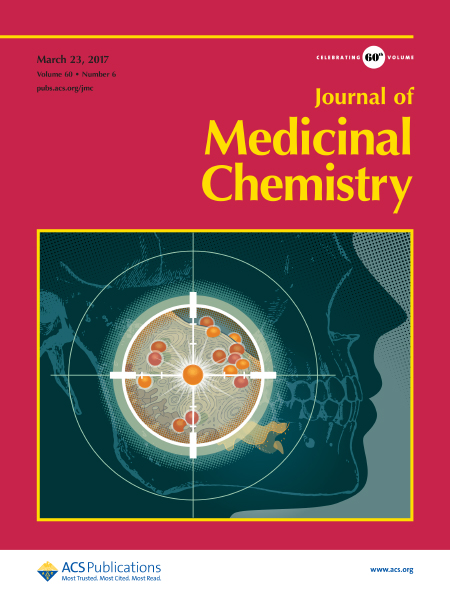Ostrow assistant professor develops novel drug compound to treat bone infection

Posted
23 Mar 17
Parish Sedghizadeh’s study is featured on cover of March 23 issue of the Journal of Medicinal Chemistry
It is one of the strongest materials in the human body, yet bone is surprisingly vulnerable when it comes to bacterial infections.
In fact, patients who have developed an infection in any of their 206 bones can often face dire prognoses, including bone death, amputation and even loss of life.
All that could change, though, according to research recently published in the Journal of Medicinal Chemistry by Ostrow Assistant Professor Parish Sedghizadeh.
In the article titled, “Design, synthesis, and antimicrobial evaluation of a novel bone-targeting bisphosphonate-ciprofloxacin conjugate for the treatment of osteomyelitis biofilms,” Sedghizadeh shared his discovery of an antibiotic conjugate that could change the way doctors treat bone-based bacterial infections.
How it Works
The main obstacle to treating bone-based bacterial infections (osteomyelitis) is that antibiotics do not enter bone — at least not at a high enough concentration to actually kill most of the bacteria, which are attached to the bone as plaque or biofilms.
Instead, most antibiotics are released into the bloodstream, metabolized by the liver and then excreted, having little effect on the bone infection.
Typical treatments for osteomyelitis can be expensive, with patients receiving course after course of antibiotics so that enough accumulates in their bones to be effective. These treatments have side effects, though, including bacterial resistance and, with enough exposure to antibiotics, even toxicity to the patient.
In extreme cases, bone tissue has to be amputated — in a last-ditch effort to extract the bacteria altogether before it consumes an entire bone, or worse, the patient’s life.
Sedghizadeh discovered a way to physiologically deliver the antibiotic and release it directly to the point of infection within the bone, where the biofilm pathogens reside.
Using bisphosphonates (osteoporosis-treating medications like Boniva or Fosamax) as carriers, Sedghizadeh can direct the antibiotics to where they need to be. “Bisphosphonates actually target sites of infection and inflammation in bone,” Sedghizadeh said. “They’re really amazing homing drugs.”
Sedghizadeh worked with chemists to pair compounds from an antibiotic (ciprofloxacin) with those from a chemically inactive bisphosphonate, creating a new compound that delivers the antibiotic right to the places where they are needed most within the bone, killing the bacteria responsible for the infection.
“Just a single dose in vivo using this ‘targeting and release strategy’ killed 99 percent of bone-infecting bacteria and was an order of magnitude more deadly to the bacteria than ciprofloxacin alone, given in multiple doses,” Sedghizadeh said.
The research behind the drug required a transdisciplinary team with diverse backgrounds and expertise in basic and clinical sciences, explained Sedghizadeh, who worked with experts in the fields of chemistry, microbiology, pharmacology, bioengineering, pathology, and molecular biology as well as physicians and dentists in the study.
It can happen to anyone
Osteomyelitis affects two out of 10,000 people. Individuals with diabetes and weakened immune systems are at an elevated risk, as are the elderly and intravenous drug users. But it’s not confined to these populations.
From an invasive dental procedure to a nasty sports injury, osteomyelitis can occur anytime bone is exposed to what are otherwise harmless bacteria. “In the mouth, it’s the bacteria that are already in the periodontal pockets that gets to the jaw bones,” Sedghizadeh said, explaining why some common invasive dental treatments can lead to osteomyelitis. “There is definitely access for bacteria to bone in a deep, bleeding pocket.”
Next up for the study is moving from a small to a large animal model and conducting extensive studies on how the drug is absorbed, distributed, metabolized and excreted.
“Our hope is to get the drug through the FDA process and approval to be able to test this in humans for clinical use to reduce the morbidity and mortality associated with bone infections,” Sedghizadeh said.
Sedghizadeh joined the Ostrow faculty in 2004. He is the director of the USC Center for Biofilms. His research subjects include biofilms, pathology, microbiology and infectious diseases.
Sedghizadeh’s research was published digitally on Jan. 25, 2017. It appears in the March 23, 2017 print edition of the Journal of Medicinal Chemistry, which has an impact factor of 5.589.